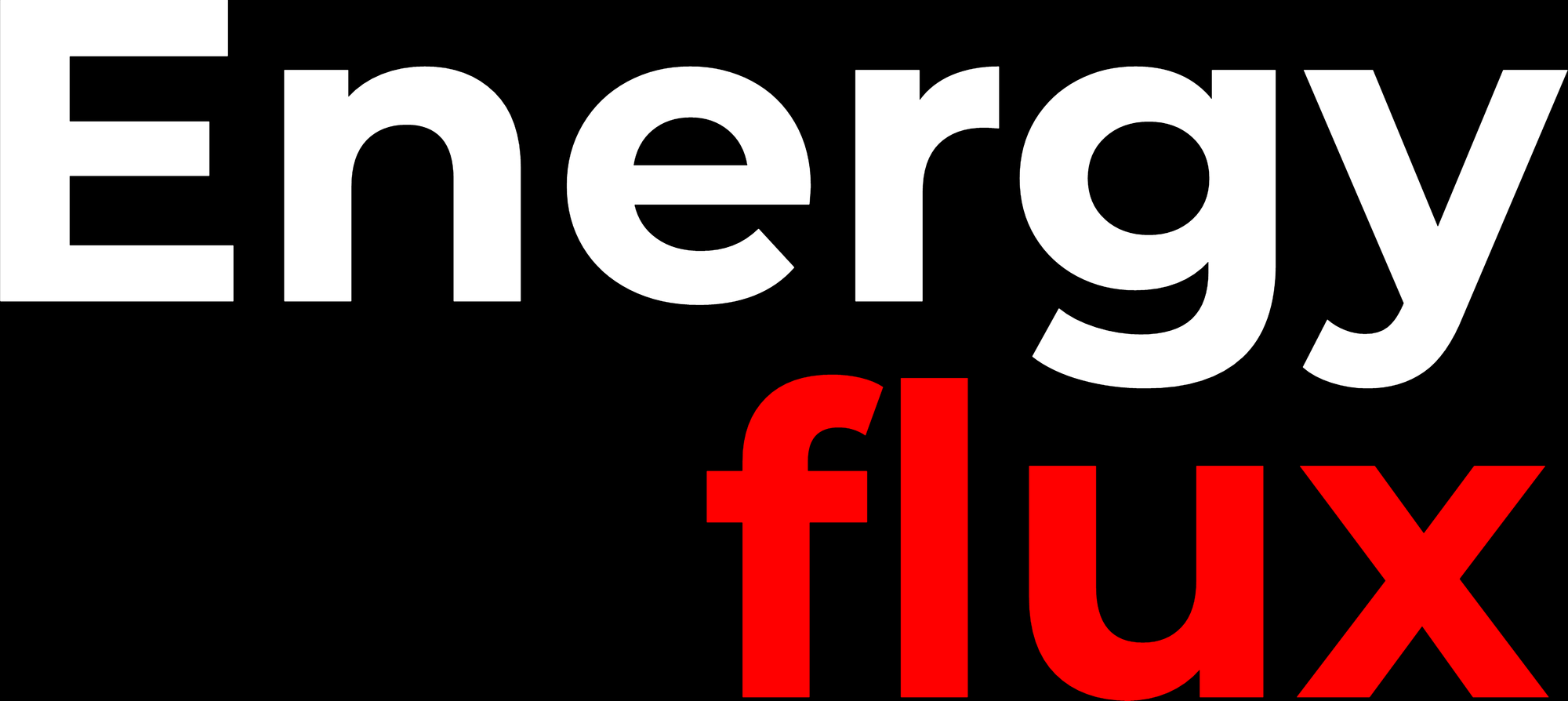Jumping on the bandwagon: EDF embraces hydrogen and carbon capture in bid to keep Sizewell C relevant
Adding electrolysis and CO2 removal to newbuild nuclear plants is an innovative flexibility hack. But it won’t move the needle on their abysmal economics.


Member discussion: Jumping on the bandwagon: EDF embraces hydrogen and carbon capture in bid to keep Sizewell C relevant
Read what members are saying. Subscribe to join the conversation.





